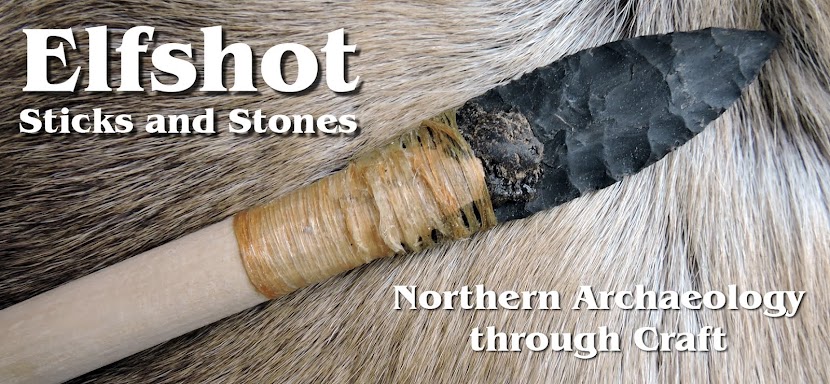 I just read a very interesting article in the May 2009 Scientific American called "What Makes us Human?" . Chimps and Humans are almost 99% genetically identical, which is a familiar statistic to a lot of people. Its used to humble humans on one hand and promote the protection of our closest living relative on the other hand.
I just read a very interesting article in the May 2009 Scientific American called "What Makes us Human?" . Chimps and Humans are almost 99% genetically identical, which is a familiar statistic to a lot of people. Its used to humble humans on one hand and promote the protection of our closest living relative on the other hand.What made this article unique is that it focused on the 1% that makes us different and tries to explain how such a tiny change in our genetic code could make such an enormous difference between our species. Based on the tiny, harmless mutations that build up in our genetic code at a predictable rate over time, it looks like humans and chimps shared a common ancestor about 6 million years ago.
 Other areas of our DNA show accelerated rates of change, over and above the random background changes that build-up slowly. Those are the areas that provide some evolutionary advantage and were naturally selected and preserved in our genetic make up. Geneticists are just identifying those areas now and are trying to work out what they do.
Other areas of our DNA show accelerated rates of change, over and above the random background changes that build-up slowly. Those are the areas that provide some evolutionary advantage and were naturally selected and preserved in our genetic make up. Geneticists are just identifying those areas now and are trying to work out what they do.According to the article, the two areas that show the most change in Humans since we split with chimps are genetic sequences that affect brain development and bone development in our thumbs and wrists. Almost half of the accelerated sequences in humans have something to do with our brains. Over the same 6 million years our brains have tripled in size and in the last half of that time period we started making stone tools.
The oldest stone tools in the world come from Ethiopia and are over 2.5 Million years old. The changes in our hands made us more dextrous tool makers and the changes in our brains meant we could plan more complex tasks, like creating more sophisitcated tools.
 That's one of the things that appeals to me about flintknapping and got me hooked. My knapping teacher back in Calgary, Don Hanna, used to say that we've been flintknapping longer than we've been human. Its research like that reported in Scientific American this month that really drives that point home and makes me feel like I'm part of something much bigger than myself.
That's one of the things that appeals to me about flintknapping and got me hooked. My knapping teacher back in Calgary, Don Hanna, used to say that we've been flintknapping longer than we've been human. Its research like that reported in Scientific American this month that really drives that point home and makes me feel like I'm part of something much bigger than myself.Photo Credits: all found by googling
Photo Captions:
Top: Tarzan's Family Tree
Middle: Scientific American, May 2009
Bottom: Kanzi flintknapping
































